Jesse was too attention-starved. Brendan was too spacey. Darrick was too needy, not to mention a big-time conservative. But for the first few years of my relationship with Chuck, he didn’t seem to have a fatal flaw. Sure, he was allergic to cats, but that hardly seemed like a dealbreaker. It wasn’t until the three-and-a-half year mark that my usual relationship doubts kicked in. Was he too pessimistic for me? Too introverted? Too stuck in his own ways?
When we broke up a few months later, there was no big flame-out or slamming of doors—just the mutual acknowledgment that we were no longer right for each other. Still, I was devastated. After 48 hours of eating the proverbial Haagen-Dazs, I found myself walking the 13 blocks to the ASPCA Adoption Center on New York’s Upper East Side. For the past four years, Chuck’s allergies had barred me from getting a cat. Now I was ready to adopt one—the longer the hair, the better.
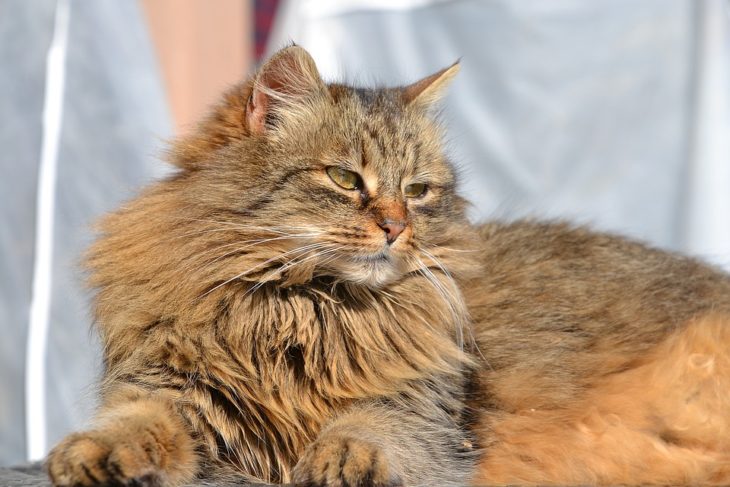
Source: Pixabay
I opened the door of the Adoption Center and announced to a 20-something volunteer holding a clipboard that I wanted a kitten. She handed me a stack of forms to fill out and asked me for a list of references she could call—looking at cats required two personal recommendations.
As the volunteer called my references, I sat in the waiting room staring at the cats frolicking beyond a Plexiglas wall. I surveyed the stock—an orange Tabby pawing at a plastic mouse, a fat cat miraculously balancing on a narrow beam. Finally, I noticed a fluffy gray cat staring at me. His eye contact seemed confident, even a touch noble. I’d assumed that I’d be adopting a kitten, but I just had a feeling that this was the cat for me.
After about half an hour, the ASPCA volunteer finally gave me the good news—I qualified to adopt. I pointed to the gray cat. “I’d like to meet that one,” I said.
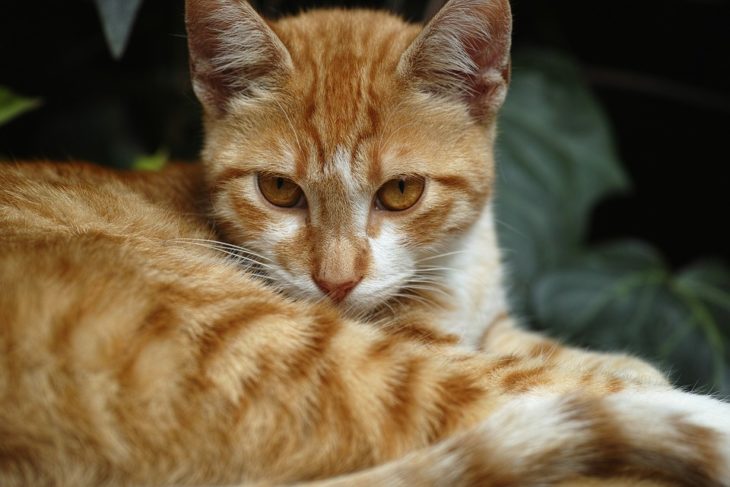
Source: Pixabay
The volunteer unlocked the door, and we stepped into the cat zone. “I’ll go get his chart,” the volunteer said, as I kneeled down to pet him. His purr was loud—like a motorcycle.
The volunteer returned. “His name is Chuck,” she said. “He’s three years old.”
Of all the names in the world, why did this cat have to share one with my ex? And who thinks Chuck is an appropriate name for a cat, anyway? I knew I could change his name the minute we left the building, but the idea here was to do something I’d desperately wanted while I was in the relationship—not to replace my ex. I told the volunteer I wanted to see the kittens.
She escorted me to the “Kitten Room,” a bright, white, 6 x 6 room lined with cubbies, each one with a Plexiglas door. Beyond each door was an intense shot of cuteness. Most of the kittens were asleep, their tiny bodies curled into furry balls. A few pairs of siblings chased each other, playfully biting each other’s necks. I walked around the room, feeling overwhelmed, unsure of which kitten could possibly be the one for me.

Source: Pixabay
In the final row of cubbies, I glanced at a teensy gray kitten at my face level, sleeping with her tail under her head. As if she could sense that she was being watched, she stretched her body to its full length—maybe seven inches—and rolled onto her back to reveal a peach fuzz belly with the subtlest gray and white stripes. From there, she flipped over excitedly and scurried to the door. Her tail seemed more fitting to a squirrel than a cat—it was white and bushy, and she held it high in the air as she carefully surveyed my face.
I opened the door and she cocked her head to the side ever so slightly. I could see the gears turning inside her little kitten head—long hair, must pounce—but she restrained herself. Instead she leaned forward and butted her forehead against mine—a move a friend would later tell me was her attempt to “mark” me.
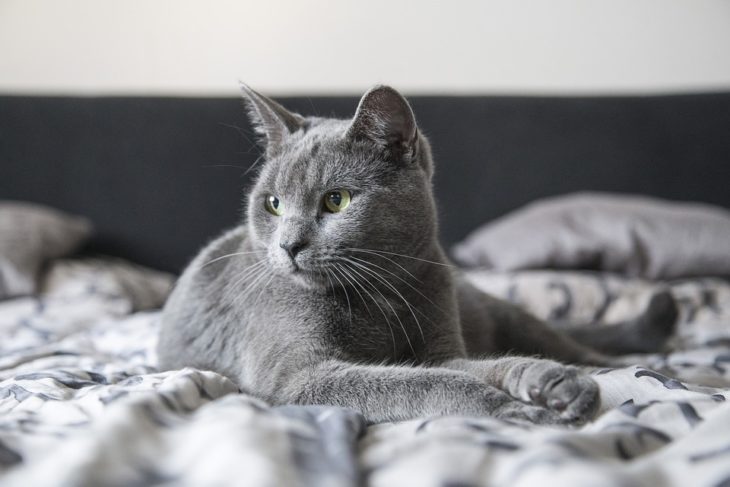
Source: Pixabay
“This is Gwendolyn,” the volunteer read off her chart. “She’s three months old. She was adopted last week, but didn’t get along with the cat the family already had, so they brought her back. All of her siblings have been adopted.”
Like me, Gwendolyn was on her own. “I want to adopt her,” I said, rubbing behind her ears.
Three minutes of paperwork later, I was walking down 92nd street with Gwendolyn in a cardboard carrier. Oddly, it barely felt like I was carrying anything at all. She weighed a whopping two pounds.
I stopped by a pet store to pick up essentials—a litter box, cat food, a water bowl. At home, I set up a station for her in my bathroom and opened her carrying case. She crawled out slowly and began to cautiously inspect each corner of the room.
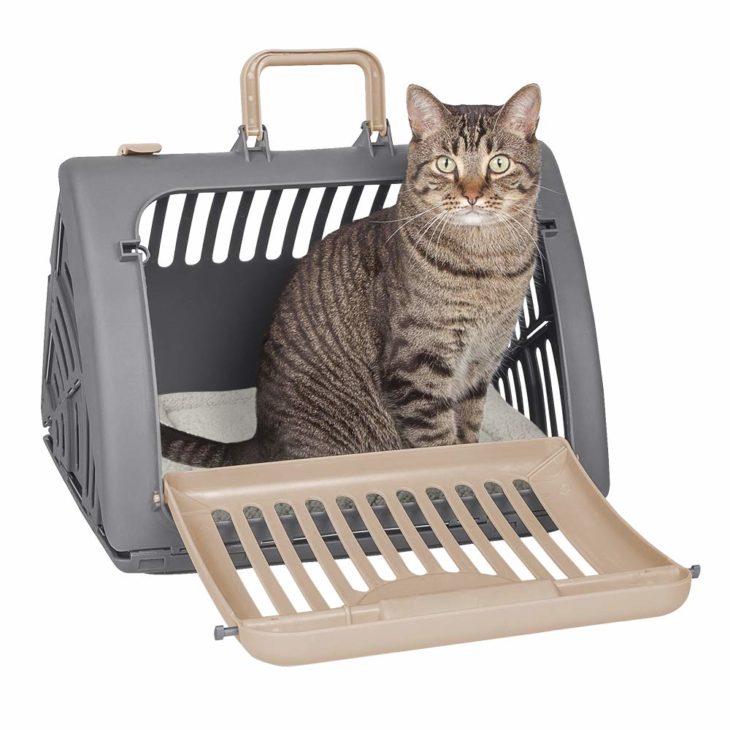
Source: Pinterest
The ASPCA volunteer had recommended keeping her in a confined space until she started eating, drinking, and using the litter box. After 15 minutes of watching her explore, I went to get a book. I lay down on the bathroom floor on my side and began to read. As I finished the first page, little Gwendolyn climbed on my hip—the equivalent of scaling a mountain for a creature so small. She stood there and pushed her face just a few inches from mine, like she was gunning for a staring contest. Her big, almond-shaped eyes looked as if someone had spent hours lining them in white. She seemed vaguely ancient Egyptian, a cat version of Cleopatra. I decided her new name would be Cleo.
Cleo head-butted me again. Then she curled up in the scoop of my waist and went to sleep. For the first time in days, I stopped thinking about the breakup and simply allowed myself to feel loved.
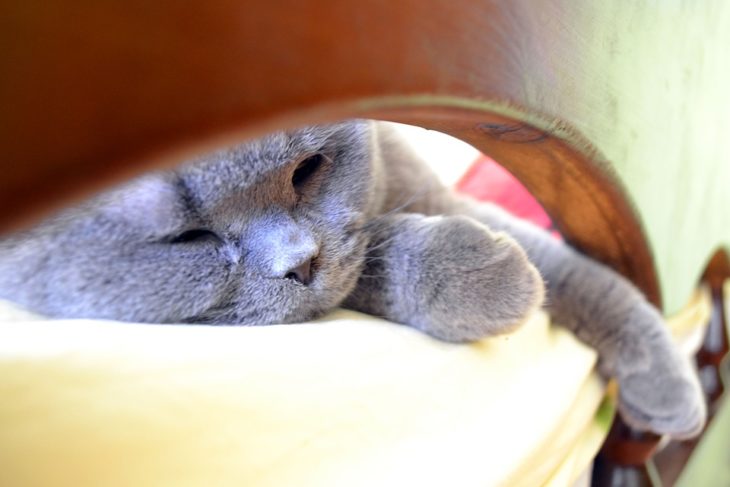
Source: Pixabay
Still, Cleo’s first few weeks living with me were rocky. For days, she showed zero interest in food or water. I assumed, on day one, that it was the stress of being in a new environment. But by the end of day two, when she still had not so much as taken one lick of wet food, I started to panic. I called the ASPCA help desk, who told me to buy a syringe and force feed her. If she didn’t start eating on her own in 24 hours, I would have to bring her in.
Of course, she didn’t. So I packed Cleo in her carrying case and walked back to the ASPCA, with her meowing violently the whole time. She seemed convinced that, like her owner before, I didn’t want her anymore and was taking her back. Inside the animal hospital, I petted Cleo in her carrying case and tried to calm her down, even though the sick dog wheezing and barking a few feet away had my nerves on edge, too.
The vet examined her and placed a smorgasbord of cat food in front of her. Cleo didn’t even acknowledge it. The vet told me to hold her tightly by the scruff of the neck—they were going to have to give her an IV. As the needle pierced her skin, and two technicians helped me hold her, Cleo let out a meow-scream so loud it didn’t seem possible that it could come from such a small creature. Clutching her tuft of neck fur, I felt tears well up.
The vet gave me appetite stimulant pills to give her. If she didn’t start eating by the end of the next day, I’d have to bring her back for another IV. Luckily, just an hour before the deadline expired, Cleo rushed to her food bowl and began to eat. As if nothing whatsoever had ever been wrong.
Then there was the time, a few weeks later, when I walked out of the kitchen and discovered Cleo rolling on the keyboard of my computer. On the screen, I saw an email window. I rushed towards her, but the window vanished and these words appeared: “Your email has been sent.” I opened the sent mail box to figure out what had just happened. My little kitten had sent an email to a very important editor, one I’d been trying to convince to run one of my stories for six months. Here is what the email said: “jjjjjjjjjjjjjjjj’;;;;;;;;;;;;;’nnnnnnnnnn=====?”
Worried this editor would think I was a nutcase, I wrote him quickly. “So sorry, my new cat somehow managed to send you a rogue email. I think you know what she means.”
He didn’t seem amused. I never heard from him again. Also, the “L” key on my computer had gone missing.
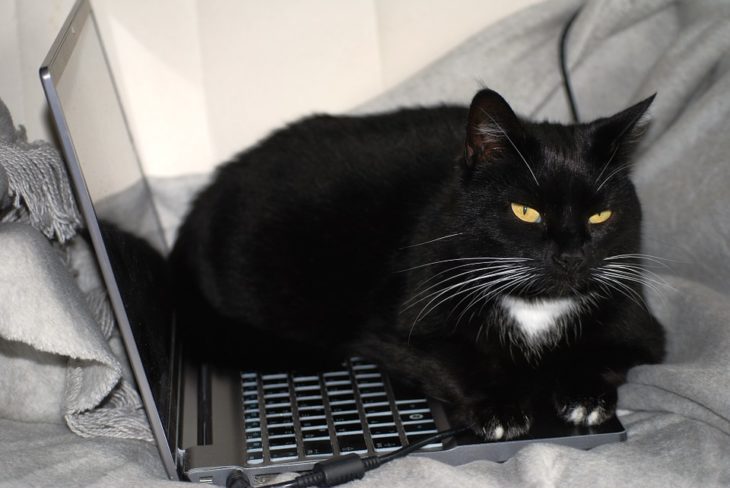
Source: Pixabay
Cleo had several other annoying habits. She insisted on knocking over unattended beverages, so I had to invest in squeeze bottles to drink from. And she loved, when I left the apartment, to go into the bathroom and unravel the toilet paper until it all lay on the floor in a pile. Then she would shred it to bits.
But even though she drove me crazy on a regular basis, Cleo helped me navigate the rush of negative emotions that come with the dissolving of a long-term relationship. When I woke up in the middle of the night and felt disoriented in bed alone, I’d feel Cleo jump onto the mattress and walk towards me, purring maniacally. She liked to sleep curled up by my shoulder. And when I spent the walk to my apartment thinking that I was unwanted and unneeded, when Cleo heard my key in the lock, she would come prancing towards the door, meowing loudly, as if to say that all was right in the world now that I was home.
Cleo is now two and a half years old and, according to the vet, has grown to her full size of 10 pounds. She still has a split-personality—half angel, half rascal. Now that we’ve been together for so long, it’s hard to remember the time before she arrived.
And considering the fact that she is, after all, a cat, it’s amazing how much Cleo has taught me about love. Even in those moments when she is driving me insane—like last night, for example, when she pounced on my foot every time I was close to drifting to sleep—it’s never once occurred to me that maybe Cleo isn’t the cat for me, that maybe she doesn’t respect my space, or that maybe we just don’t have enough in common for this to work. These thoughts have all run through my head with significant others, as if my brain is a CNN ticker tape of maybes, questions, and doubts. With Cleo there is no “Are we meant to be together?” All there is is that I need her, and she needs me.
It’s always baffled me how two people realize that they can spend their lives together. Happy couples, especially those of the married variety, have this annoying habit of saying, “You just know.” You just know? The phrase always made me want to grab them by the shoulders, shake them, and yell, “Please, for the love of god, can you be a little more specific?”
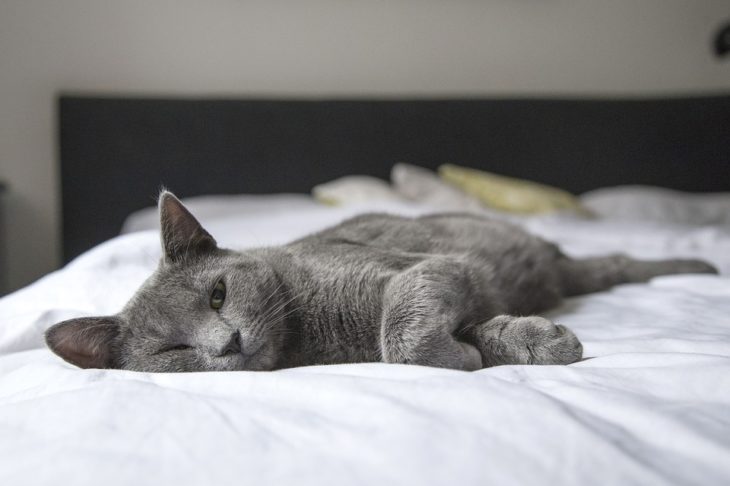
Source: Pixabay
But now that I have Cleo, I think I finally understand. It’s not that you get hit with a magic lightening bolt of knowledge—it’s that you just stop questioning. The analytical part of your brain shuts off and allows you to just exist. There is no “Do we have a future together?” Because you just do.
So I have to thank Cleo, my breakup kitten, for teaching me this. In the past two years, she’s seen me through another breakup and there’s a good chance she will witness many more. But now I know that when I meet someone whom I can build a life with, I’ll at least be able to recognize it. I won’t ask myself if he’s too quiet/loud, short/tall, introverted/extroverted, needy/detached—whatever combination he may be (unless, of course, we’re talking something really serious), I’ll be able to put up with it. Because, hey, I’ve actually come to love Cleo’s quirks.
All I can say for sure is that, whoever this mysterious guy may be, he better not be allergic to cats.
Original by Kate Torgovnick/Kate-Book.com
